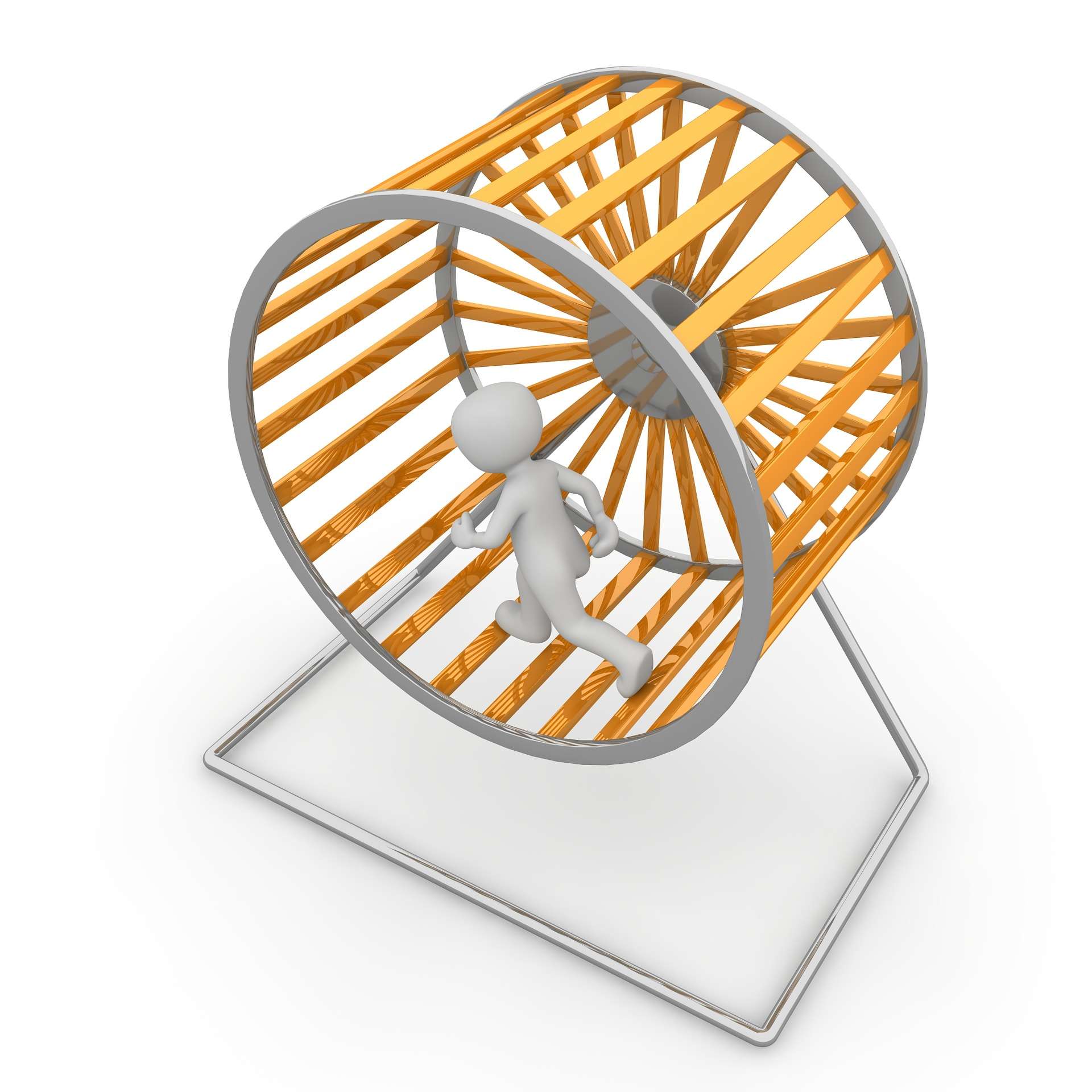If you have a persistent pain or problem, it persists because you don’t know why it exists
It may well be that your pain or niggle comes and goes, waxes and wanes without reason or warning.
You may have seen your GP or had physiotherapy for your problem.
Perhaps you’ve been told that it could be ‘scar tissue’ from an old injury.
Soft tissue massage and stretches may give you some relief, but does not explain why your tissues tighten up again.
Or that something is weak and needs strengthening. You’ve done your exercises as prescribed, strength has returned but your pain and limitation has never really gone away.
That there’s a stiff joint that needs mobilising…
Or the catchall comment ‘arthritis’, cushioned with the glib title of ‘wear and tear’… Even that it’s your age and ‘getting old’…
At best you have to manage it… And at worst, nothing can be done and you just have to put up with it. If you’re reading this, then it is unlikely that anybody has thought beyond ‘the what’ and ‘the where’ and actually thought about the why.
Good news, I have a simple idea…
Problems are only persistant for as long as you allow them to persist.
And the longer they persist, the harder it becomes to recall a time when you did not have a problem. Yet there was a time.
We all started as a baby… Under our skin, we all have similar anatomy, give or take gender or an anomaly or two. Every movement that you make has been learned through necessity, often with a goal in mind, using whatever you had available at that time: physically, emotionally, academically.
You get dressed, put on your shoes, you walk.
You probably won’t remember the exact moment or age you were when you learned how to dress yourself independently. Whatever you did at that time worked and chances are you still get dressed the same way now.

How do you tie your shoe laces?
But if you have start having shoulder pain, you soon realise that your usual way of putting on a coat hurts. You quickly work out putting your painful arm in first hurts less. You can then get dressed and carry on with your day. The new strategy got the job done.
This adaptability is part of being human. Your body will seek to provide a response to physical injury, to increased emotional stress or even the need to ‘get something done’ quickly. Often these short-term strategies become hard wired habits that do not serve in the long term. Putting your painful arm into your jacket first reduces your shoulder pain but does not address the cause of your painful shoulder.
If you have discomfort getting dressed, struggle putting on shoes or wince when you walk, it suggests that there may be a better way. And for the majority of my patients and the multitude of problems that they present with, this is certainly true.

Find a better way
Are you ready to move better, to feel better?
As a chartered physiotherapist, my job is to help you to discover new ways of moving without pain.
Guiding you through movement exploration and using gentle manual therapy, you will be able to move with familiar ease, explore new possibilities and be surprised at where you can go. You can find me in Darlington, I am ready to guide you on your journey whenever you are.

Nick Watson physiotherapist
How I work – simple solutions to complex problems
How we can learn from our pain – learning from painful experiences
Dealing with persistent pain – the persistent pain puzzle
Holistic approach for chronic pain – recover from chronic pain
How somebody escaped pain – independence from a pain clinic

